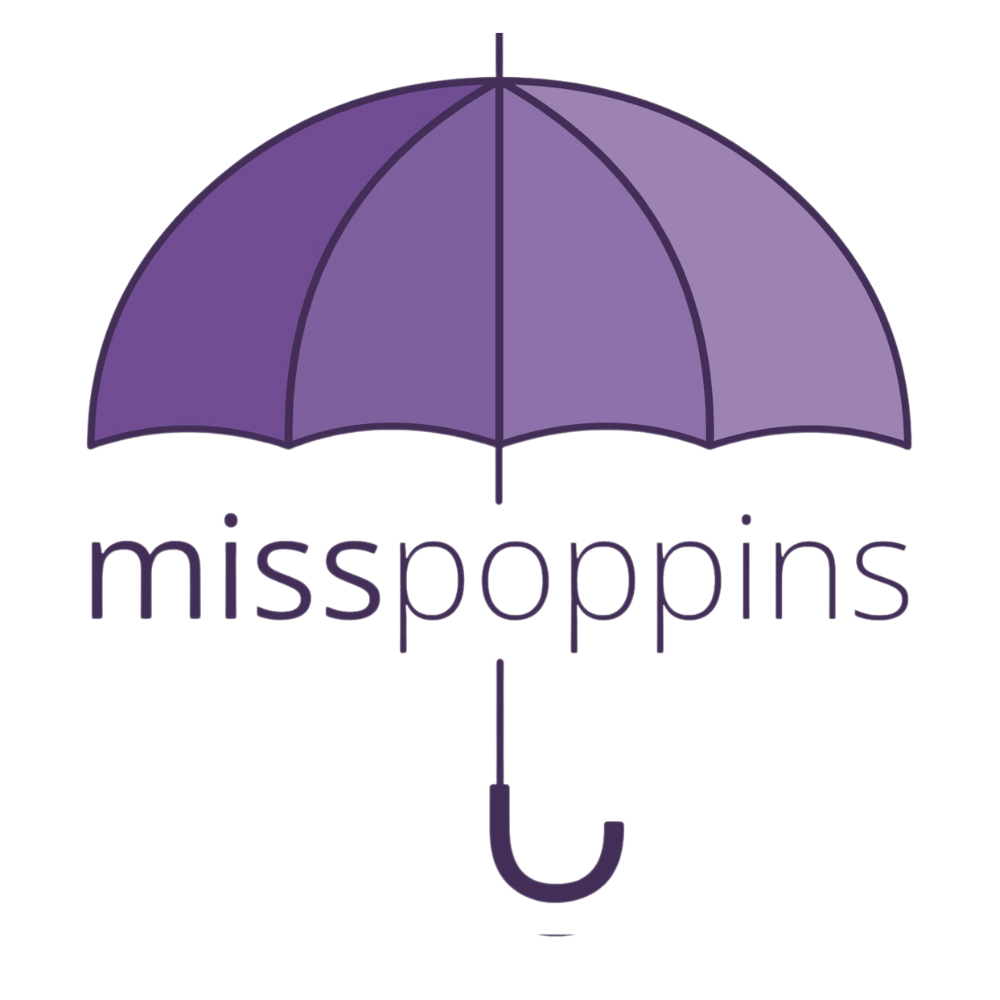Is Freeze-Dried Breast Milk Safe? We Asked a Public Health Expert
Regular glass of milk
What Is Freeze-Dried Breast Milk?
Breastfeeding is often one of the more time-consuming and difficult to manage duties of parenting. For working parents who are often short of time, many opt to formula feeding, storing milk supplies, and now- freeze-drying milk. Freeze-drying is a preservation method that removes water from breast milk while keeping it in powdered form. Companies marketing freeze-dried human milk claim it can be shelf-stable for up to three years without refrigeration (CDC). For parents juggling busy schedules or frequent travel, the idea of lightweight, portable breast milk may sound like a dream solution.
But when it comes to infant feeding, convenience should never outweigh safety. Experts stress that there are still major concerns about how freeze-dried breast milk is processed, stored, and reconstituted for use.
Expert Insight from Dawn Maddux
Dawn Maddux, MPH, BSN, RN, IBCLC, CLC — a lactation consultant and public health specialist on the MissPoppins platform — shares important cautions for families considering freeze-dried milk:
“While freeze-dried milk can be transported in powder form (without refrigeration), and is claimed to be shelf-stable for up to 3 years by companies who freeze-dry human milk, there is a lot we don't know and I do not recommend freeze-drying milk for infant consumption. While it seems like a convenient option, it's not recommended by experts at this time.”
She adds that the process of freeze-drying milk doesn’t destroy many of the bacteria and viruses that can make infants very sick, making it especially risky for vulnerable or premature babies.
Freeze-Dried Milk Still Needs More Research
The Centers for Disease Control and Prevention (CDC) clearly state that freeze-dried breast milk has not been adequately studied for safety in infants (CDC, 2023). Unlike pasteurization, freeze-drying does not reliably eliminate harmful pathogens, leaving infants at risk of infection.
Furthermore, the CDC notes that handling and reconstitution protocols have not been standardized. Without proper oversight, contamination during processing or at-home handling is a serious concern.
Why Home Freeze-Drying Is Unsafe
Some parents have considered using at-home freeze-drying machines, but Dawn Maddux warns strongly against it:
“Freeze-drying milk at home is not safe as it can easily be contaminated. Current guidelines and protocols have not yet been developed and until that time my professional recommendation is to not freeze-dry milk out of risk of harm.” — Dawn Maddux.
Even if a home unit removes water effectively, there is no guarantee that harmful bacteria or viruses are destroyed. Unlike formula, which is manufactured under strict FDA guidelines, freeze-dried breast milk currently has no standardized safety regulations.
What We Do Know About Breast Milk Storage
Until more research is available, experts recommend sticking to established storage methods:
Room temperature: Up to 4 hours (CDC)
Refrigerated: Up to 4 days
Frozen: Up to 6 months for best quality
These timelines have been tested extensively and are considered safe for infant feeding.
Ongoing Research and Future Possibilities
While freeze-drying is not recommended now, researchers are studying whether new processing methods could eventually make it a safe option. As Dawn Maddux points out:
“At this point in time, current research is being done and in the scientific world, information changes as we gather more facts. Once more is known about how FD milk is processed, stored, reconstituted, and used safely, I'm happy to speak on it again.”
Parents should keep in mind that infant feeding guidelines evolve as evidence grows, but safety must remain the top priority.


